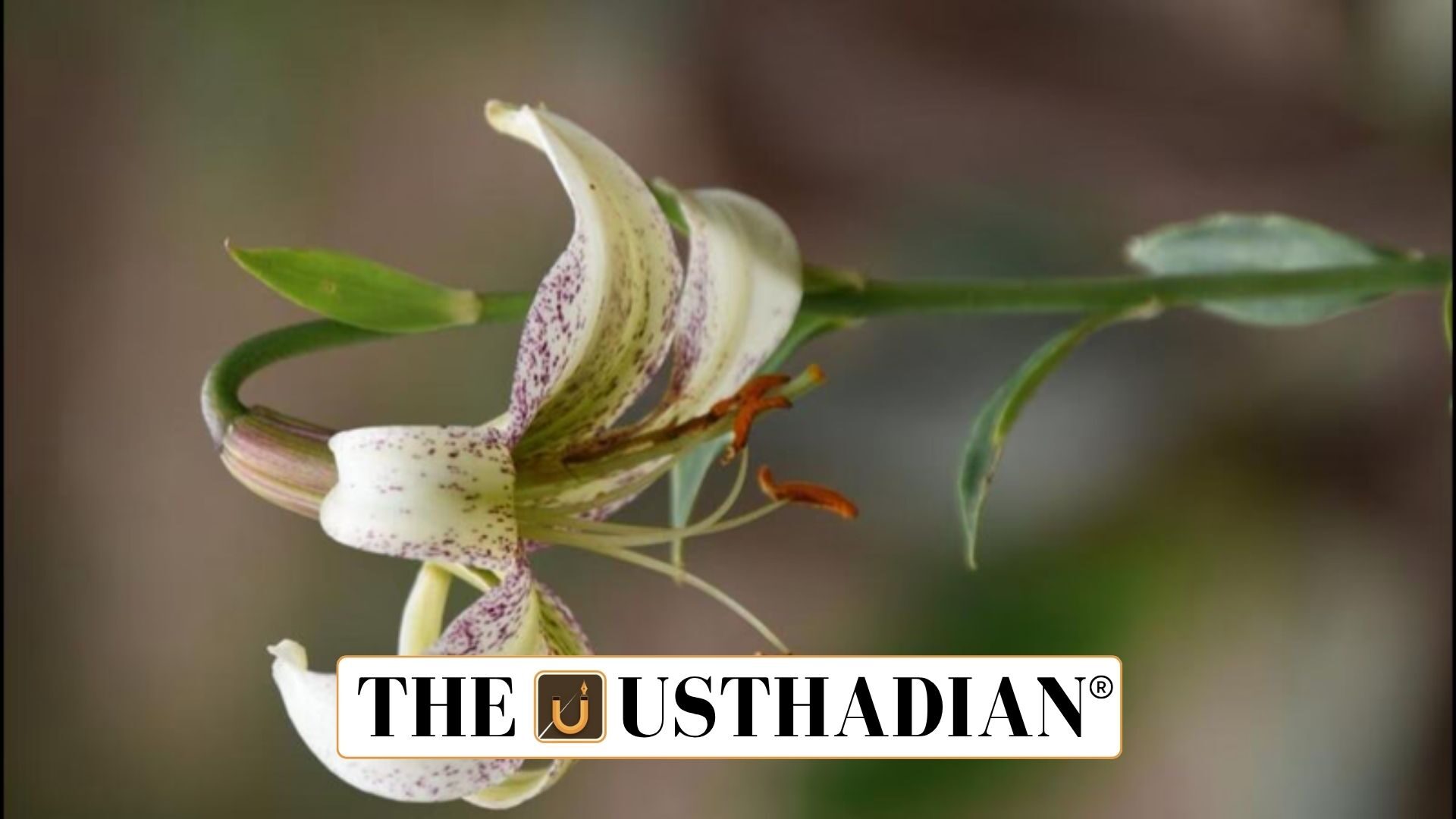Unique ecosystems in Uttarakhand
Reviving Endangered Plants in Uttarakhand: Uttarakhand is a Himalayan biodiversity hotspot, with 69% forest cover and a wide range of ecosystems — from alpine meadows to Terai plains. The region shelters rare and endemic plant species that are ecologically and culturally significant. However, many of these are now endangered due to overharvesting, climate change, and habitat degradation.
Static GK fact: The Western Himalayas are one of India’s richest biodiversity zones, classified under Bio-Geographic Zone 2 by the Wildlife Institute of India.
Conservation programme begins July 2025
In a first-of-its-kind step, the Uttarakhand Forest Department’s Research Wing launched a programme in July 2025 to revive 14 critically endangered species. Timed with the monsoon season, the initiative aims to restore the plants to their original habitats after years of scientific propagation and site mapping.
Rare species under focus
The selected species include the Himalayan Gentian, White Himalayan Lily, Indian Spikenard, Doon Cheese Wood, and Kumaon Fan Palm. These plants are categorised as Critically Endangered, Endangered, or Vulnerable by the IUCN Red List and Uttarakhand State Biodiversity Board.
Many of these plants are used in Ayurveda and folk medicine, which has led to unsustainable harvesting and population decline.
Scientific propagation and mapping
Specialised propagation was carried out at high-altitude nurseries using bulbs, rhizomes, seeds, and stem cuttings. Each species had custom protocols for healthy regeneration. Simultaneously, past habitats were mapped using data from field surveys and ecological records.
Static GK Tip: India has over 7,000 medicinal plant species, many of which grow in the Himalayan region.
Reintroduction and protection steps
Before planting, habitats were cleared of invasive species, protected from grazing, and equipped with fences and patrols. GPS tagging ensures proper tracking. The first planting phase began in July 2025, with teams monitoring growth rates and survival conditions.
Ecological and medicinal value
Each plant plays a critical role in local ecosystems. The Himalayan Gentian helps regulate soil health and treats liver disorders. White Himalayan Lily is an ingredient in Chyavanprash, while Indian Spikenard provides oils used in aromatherapy and traditional medicine.
Institutional commitment
The programme faces challenges like low germination rates and human encroachment, but the Forest Research Centres and field officers are committed to long-term scientific monitoring and restoration.
A national model for plant conservation
This is India’s first organised plant reintroduction programme, setting a national precedent. It encourages other states to extend conservation beyond fauna and prioritise endangered flora, especially those with medicinal and ecological value.
Static Usthadian Current Affairs Table
Reviving Endangered Plants in Uttarakhand:
| Topic | Detail |
| Launch Date | July 2025 |
| State | Uttarakhand |
| Number of Species | 14 endangered species targeted |
| Key Species | Himalayan Gentian, White Himalayan Lily, Indian Spikenard |
| Execution Body | Uttarakhand Forest Department – Research Wing |
| Forest Cover | 69% of the state’s area |
| Conservation Techniques | High-altitude nurseries, habitat mapping, GPS tracking |
| Threats Addressed | Overharvesting, climate change, grazing, habitat loss |
| Ecological Zones | Alpine meadows, Terai plains, deciduous forests |
| National Significance | First plant reintroduction model in India |








